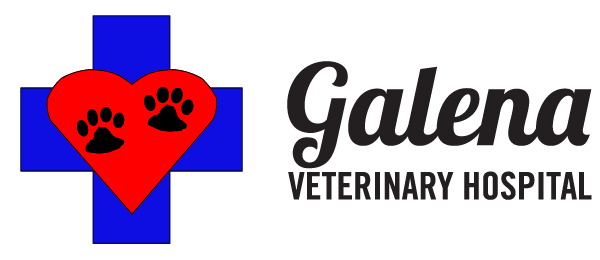Educational Articles
-
Osteochondritis dissecans is an inflammatory condition that occurs when diseased cartilage separates from the underlying bone. It most commonly affects the shoulder joint but the elbow, hip, or knee (stifle) may also be involved. This is a developmental disease that occurs in rapidly growing large breed dogs typically between 6 and 9 months of age and tends to occur more often in male dogs. Dogs that are affected with OCD typically limp or are lame in the affected leg or legs. Several radiographs of each affected leg are necessary to get an accurate assessment of various bones and joints. Treatment may involve conservative medical management or surgical intervention.
-
Osteosarcoma, or bone cancer, is common in large breed dogs and is very aggressive, with upwards of 90-95% of patients having micrometastasis. Osteosarcoma is very painful. Lameness or a distinct swelling may be noted. Amputation is by far the most common treatment with chemotherapy following surgery. Radiation therapy may also be an option.
-
Rarely, ovarian tissue can be left behind when a dog is spayed. This leads to the ongoing secretion of hormones such as estrogen and progesterone that can result in a dog continuing to have a heat cycle. Ovarian remnants are difficult to diagnose, but vaginal cytology combined with hormone testing can be used to confirm the presence of functional ovarian tissue. Surgical treatment is typically recommended to prevent other health conditions from developing.
-
Ovarian tumors are quite rare in North American pets, mainly due to routine spaying practices. This handout discusses ovarian tumors in dogs and cats. The various forms of ovarian tumors, clinical signs, diagnosis, treatment, and prognosis of this cancer are outlined.
-
Some over-the-counter human medications can be used for common ailments in dogs, but you must consult your veterinarian before using them to determine the correct dose and to ensure they will not interact with other medications your dog is taking. Some medications are toxic. If the condition you are treating does not respond to treatment, contact your veterinarian.
-
Obesity is the most common problem in dogs in North America and leads to an increased risk of diabetes mellitus, heart disease, and several types of cancer. Extra body fat causes increased inflammation associated with osteoarthritis. Reducing inflammation and pain can help an overweight dog to regain activity, which in turn can lead to more appropriate weight loss. Obesity can be prevented or reversed when dog owners are aware of calorie intake, body condition, and exercise.
-
Obesity is a common problem in dogs and results from too many calories being eaten and not enough calories being burned. Extra body fat causes increased inflammation in the body, worsening osteoarthritis and joint disease. To prevent your dog from becoming obese, speak to your veterinarian about your dog's calorie needs and an appropriate food for your dog's life stage.
-
Oxazepam is given by mouth and is used off label to stimulate appetite and to treat behavior-related disorders. Give as directed by your veterinarian. Common side effects include sleepiness and drooling. Do not use in pets that are allergic to it or other benzodiazepines, nursing pets, or those that have glaucoma. If a negative reaction occurs, please call your veterinary office.
-
Oxytetracycline is an antimicrobial medication used to treat bacterial infections. It is used to treat infections in cats, dogs, and fish. It is used “off label” or “extra label” to treat bacterial infections in exotic animals. Oxytetracycline comes in oral tablet or compounded liquid forms.
-
Oxytetracycline/polymyxin B ophthalmic (brand name Terramycin®) is a combination antimicrobial medication used to treat certain types of bacteria (gram-positive and gram-negative). It is used to treat eye infections in cats and dogs. It is used “off label” or “extra-label” to treat eye infections in avian species, hedgehogs, and rabbits. Oxytetracycline/polymyxin B comes in ointment form.
